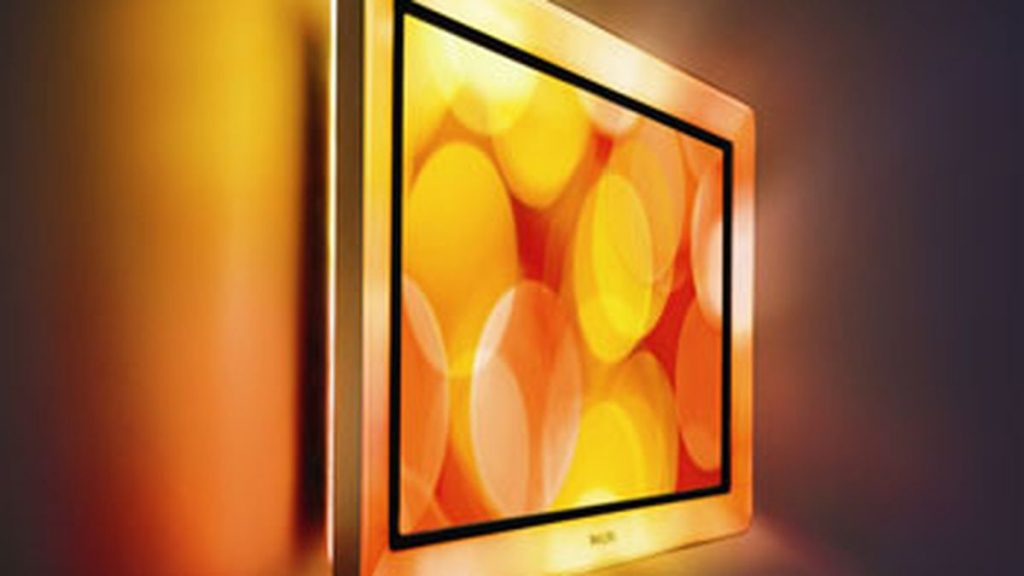Things That Prove Technology Has Gone Too Far
Each year technology is changing our world, and we are completely mesmerized by it. Some of the gadgets and technologies we utilize are so embedded in our lives that we cannot imagine living without them. Can you think of a world where there are no phones or internet? Cars or planes? Not only that but something as simple as a light bulb? No, right? But do we ever stop to wonder how far technology has gone in various aspects of our lives and society? Is it becoming too invasive, or is it just the way the modern world is? Far-fetched concepts like flying cars, robots, and intelligent machines are now part of reality. And you will be even more surprised when you see how the following gadgets and technologies have gone way too far.
Things That Prove Technology Has Gone Too Far
Artificial intelligence:

AI is not just a concept in the Jetsons anymore because it is already around us too much. Just ask Alexa! Artificial intelligence has been a top priority for the world for decades. Now that it’s here, it feels surreal how various automation tools, programs, and software have a mind of their own. Social media monitoring is just the tip of the iceberg.
In contrast, the iceberg has chunks like smart assistants, automated financial statements, self-driving cars, and so on. Gone are the days when we thought EMF meters and spirit boxes were only in fairy tales (you can still buy the real thing at Spiritshack). However, humanoid robots and voice-controlled AI helpers are unrivaled. But, has this technology gone too far in terms of violating our privacy? Applications that use our photographs to train AI for various purposes. Time will tell.
VR concept glasses:

We jump right to virtual reality from AI, which is an equally mind-boggling technology like talking robots. It is the next big thing that replaces the real world completely with augmented reality. VR devices like the Oculus headset redefine augmented reality, especially for gamers, as you need to strap the device on your head without requiring powerful or special equipment. Another takeaway in the VR world is the Givenchy x PDF Haus VR concept glasses that offer more realistic content and AR and VR capabilities. Not only for entertainment, but VR is changing the face of many fields, such as in healthcare for medical training, using simulations to train soldiers, and fashion designing.
Philips Aurea:

Do you think simulations have taken it too far? Wait until you see a flat-screen TV that extends light outside of the screen. The Philips Aurea is a mesmerizing 42-inch flat-screen that offers an out-of-this-world viewing experience with its Pixel HD and Ambilight Spectra technology. Ambilight Spectra’s sensorial halo produces a new viewing dimension, after which the Active Frame extends the atmosphere and the light of the image literally outside of the screen. The light gets stretched in a swirl of hues beyond the screen, providing a fully immersive viewing experience.
Proclaim speaker DMT-100:
These speakers developed by Proclaim Audioworks look futuristic and, frankly, a little bit creepy with their “monster eyeball” design. However, their design is what sets these speakers apart from conventional ones. The speakers produce better sound quality due to their unique shape and adjust the sound according to the environment. The $26,000 speaker set comes with pivoting arms that allow them to move side-to-side, forward, up, down, and back. The best thing about these speakers is that the technology used allows the user to personalize the speakers.
Air quality monitors:
With almost all of us spending most of our time stuck at home and a deadly virus lurking in the air, what a relief it would be to know that the air we breathe is safe? You can do that now with various air quality monitoring devices. For instance, Airthings recently launched their Airthing Virus Risk Indicator that allows personalized insight. And it also indicates factors contributing to the spread of airborne viruses in the room to minimize the risk ultimately.
Due to the current pandemic concerns of indoor air quality, such technologies are going a bit far in even ensuring that viruses don’t thrive indoors. Not only that, but we also offer smart mask monitors that analyze the air quality of your present area. And track breaths per minute, and show which contaminants it has filtered out.
Smart clothes:
If you think controlling air quality is taking it a bit too far, wait until you try smart clothes which allow you to interact with your clothing. Projects (ATAP) ‘s and Google’s Advanced Technology launched Project Jacquard that uses a combination of ambient computing processes and woven conductive threads. The clothing can provide you with news and traffic updates, as well as access to your home security system and camera management, among other things. The clothing can even identify if you are losing or gaining weight. They can also provide sensory and audio input in response to movement.
The invisibility cloak:
Let’s admit it, we all wanted to have a real-life invisibility cloak just like the one Harry Potter used. However, the technology seemed far-fetched at that time but not anymore. We are witnessing breathtaking technological advancements, including using metamaterials that are artificial materials valuable to bend light around an object. Adaptiv is a recently launched product by a British defense company, BAE Systems, that can effectively hide military vehicles from view in the infra-red spectrum.
Japanese researchers invented another real-life invisibility cloak that uses the computer, retro-reflective projection technology, a projector, and the video camera. The projector is helpful to shine background images on the front of the specialized clothing that the subject is wearing, thus creating invisibility. Another invisibility cloak technology can seemingly make a carbon nanotube disappear by heating the water around the plate, causing light to bend away from the material.
Conclusion:
The bottom line is that we cannot survive without most of the technology and gadgets we use today. The real problem is that we don’t know when this technology will go too far. We understand that many gadgets and AI programs evade our privacy, but we do it willingly to have a life full of ease. There are many gadgets such as the ones discussed above that completely change the face of technological advancement. They are the embodiment of what we see in sci-fi movies and read in books. When we see the likes of invisibility cloaks, holographic images, and smart clothes, we can honestly say that technology has gone too far.

















